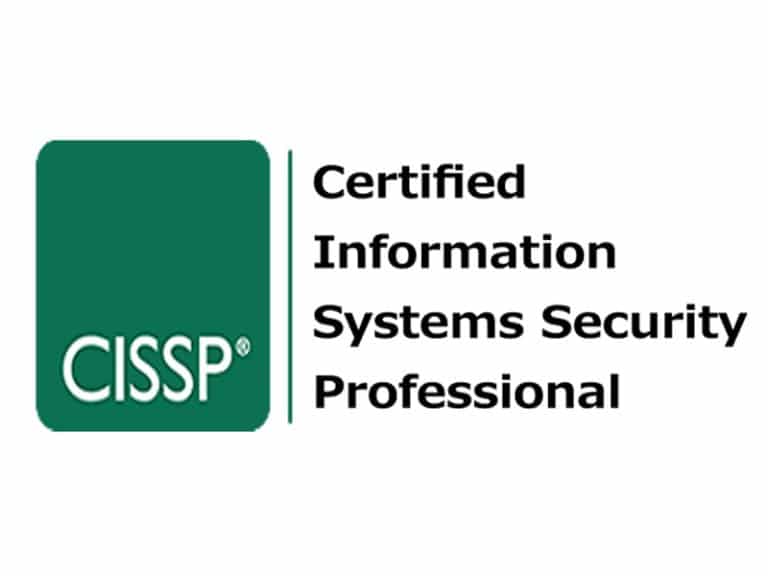Gain core knowledge and experience to successfully implement and manage security programs and prepare for the 2022 CISSP certification.
This 2022 updated course is the most comprehensive review of information security concepts and industry best practices, focusing on the eight domains of the CISSP-CBK (Common Body of Knowledge) that are covered in the CISSP exam. You will gain knowledge in information security that will increase your ability to successfully implement and manage security programs in any organization or government entity.
In addition to a textbook, you will receive practice test questions with complete answer explanations and flashcards to help you prepare for certification.


